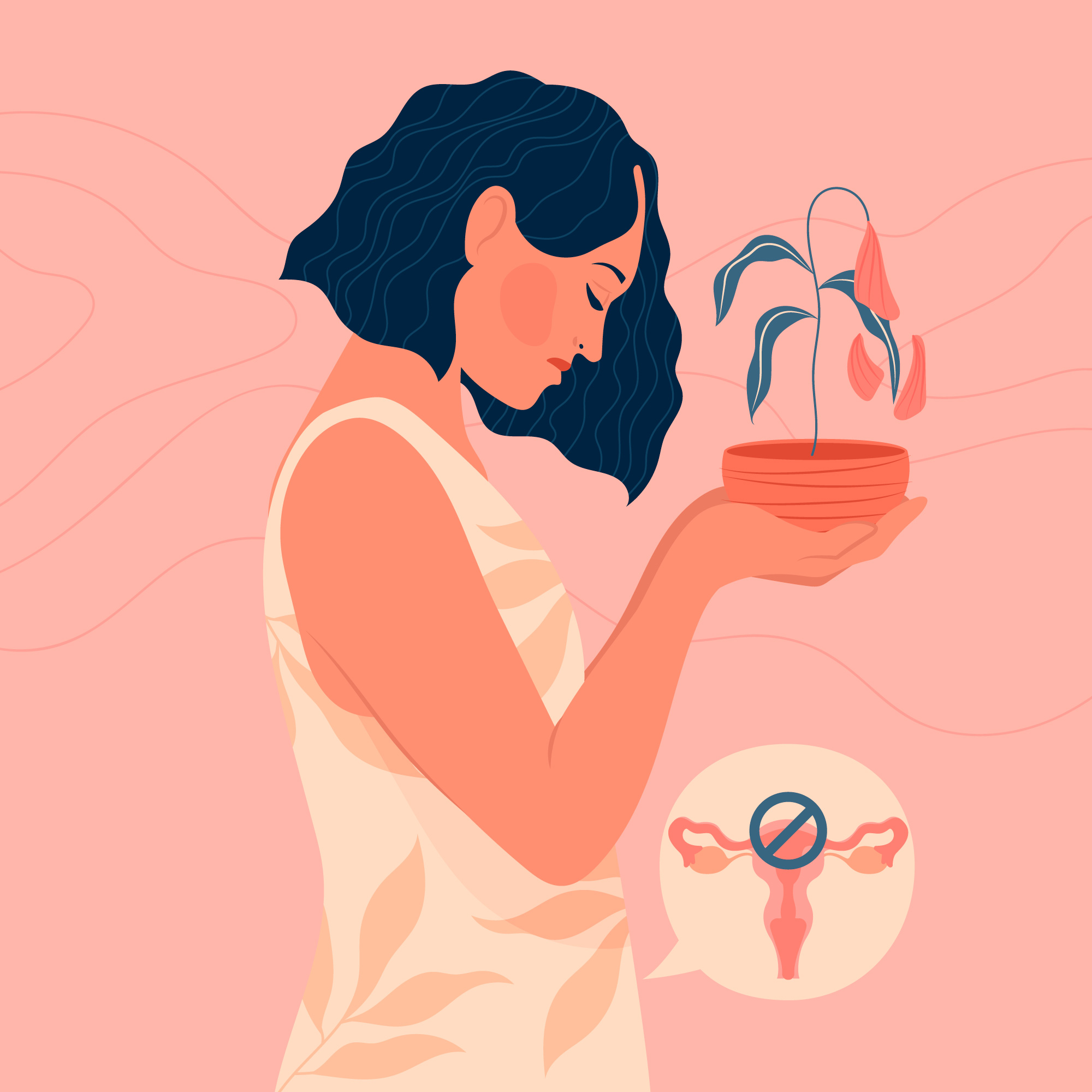Knee Pain in India: Unlock the Secrets to a Pain-Free Life!
Introduction:
Are you one of the many individuals in India struggling with knee pain? If so, you’re not alone. Knee pain is a widespread issue that affects people of all ages, hindering their ability to walk, climb stairs, and engage in activities they love. This article aims to provide you with valuable insights into knee pain, its causes, and treatment options, empowering you to take control of your knee health and live a pain-free life.
Understanding Knee Pain:
Knee pain can manifest in various ways and have different causes. Some common symptoms include pain in the front, side, or back of the knee, swelling, difficulty walking, and weakness. The causes of knee pain in India can be attributed to factors such as arthritis, injuries, and overuse.
Common Causes of Knee Pain:
Arthritis, including osteoarthritis, is a prevalent cause of knee pain in India. It leads to inflammation, pain, and stiffness in the knee joint.
Injuries, whether from sudden impacts or overuse, can damage the cartilage, ligaments, or tendons in the knee, resulting in pain, swelling, and instability.
Additionally, overuse of the knee joint through activities like running, jumping, or sports can strain the knees and contribute to pain.
Diagnosing Knee Pain:
If you’re experiencing knee pain, seeking medical attention for an accurate diagnosis is crucial. A doctor will evaluate your symptoms, medical history, and conduct a physical examination. Diagnostic imaging tests such as X-rays or MRIs may be ordered to help identify the underlying cause of your knee pain.
Treatment Options for Knee Pain:
Effective treatment for knee pain depends on the underlying cause. Some common treatment approaches include:
- Rest: Allowing the knee to rest can alleviate pain and reduce inflammation.
- Ice: Applying ice to the affected knee can help reduce pain and inflammation.
- Compression: Using compression techniques can assist in reducing swelling.
- Elevation: Elevating the knee can aid in reducing swelling.
- Medications: Over-the-counter pain relievers like ibuprofen or acetaminophen can provide temporary relief. Stronger prescription medications may be prescribed by your doctor if needed.
- Physical therapy: Engaging in targeted exercises and physical therapy can enhance knee strength, flexibility, and range of motion.
- Surgery: In severe cases or when conservative treatments have not been effective, surgery may be recommended to address underlying structural issues.
online pharmacy buy tadalista no insurance with best prices today in the USA
Conclusion:
Don’t let knee pain hold you back from enjoying life to the fullest. By understanding the causes and treatment options available, you can take proactive steps to manage and alleviate knee pain. Remember, seeking medical advice is crucial for an accurate diagnosis and personalized treatment plan. With the right approach, you can reclaim a pain-free, active lifestyle and embrace all the activities you love. Say goodbye to knee pain and hello to a brighter future!


